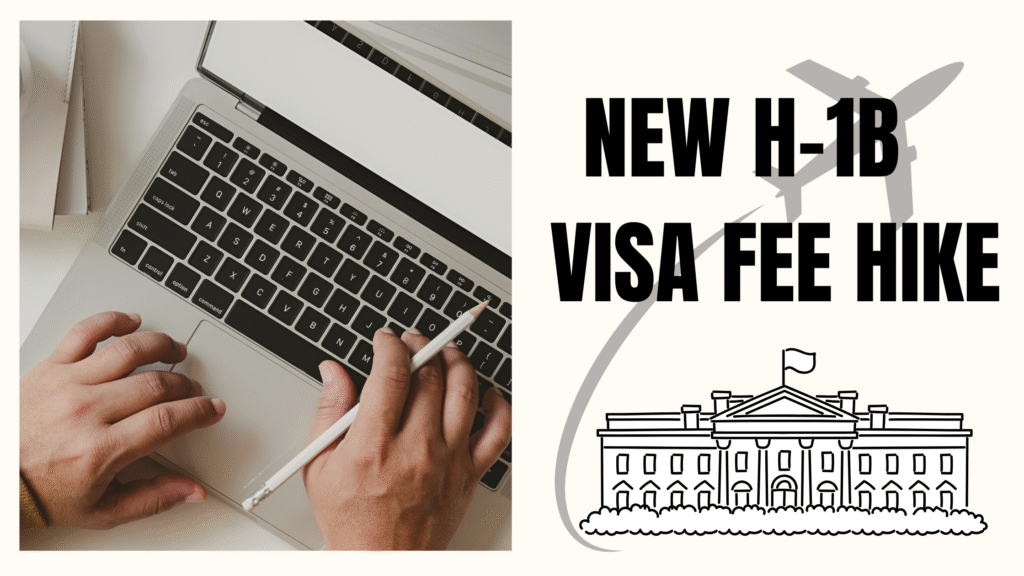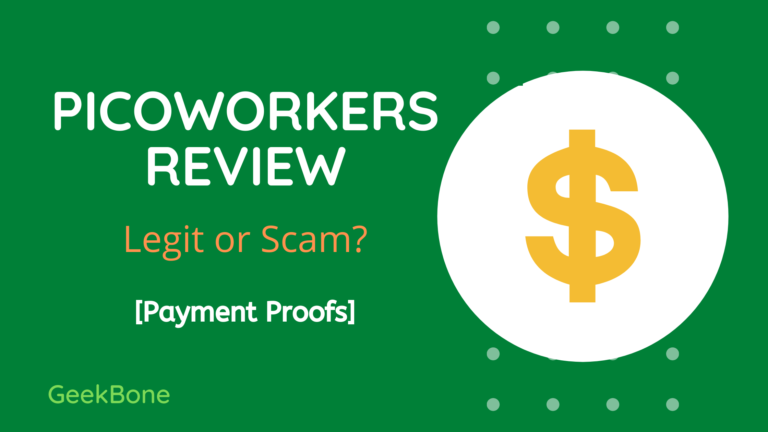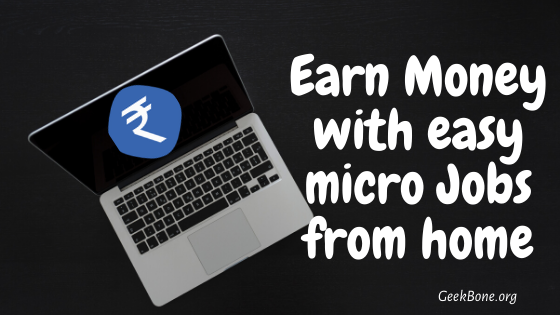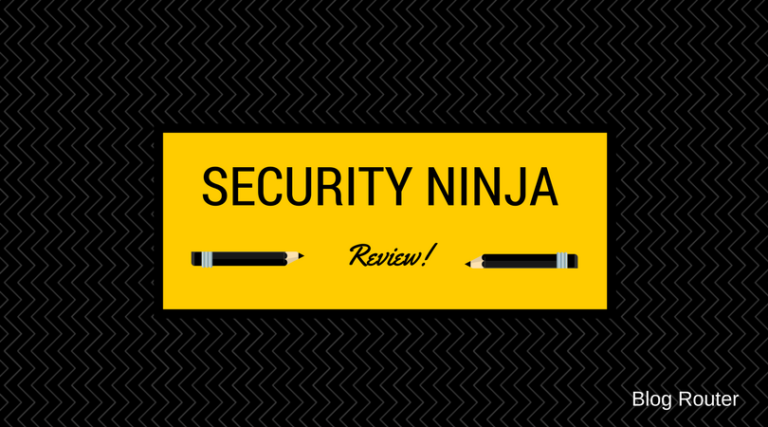New H-1B Visa Fee Hike (2025): Clear Answers, Trusted Sources, and Survival Strategies

The sudden H-1B visa fee hike announced by the White House — a supplemental $100,000 payment attached to many new H-1B petitions — has created urgent questions for employers, international students, and existing visa holders. This clear, sourced guide explains the rule, the real panic points, who is actually affected, and practical survival strategies for multinational employees. Read the official proclamation and USCIS guidance for the legal text.
H-1B Visa Fee Hike Before and After
Previously, the cost of filing an H-1B visa petition typically ranged from about $1,500 to $10,000, depending on factors like employer size, required surcharges, fraud prevention fees, and optional premium processing. These fees were considered significant but manageable for most U.S. employers. Under the new rule announced in September 2025, however, a supplemental $100,000 fee has been introduced for many new H-1B petitions filed on behalf of workers outside the United States. This charge is in addition to the existing filing fees, pushing the overall cost of sponsoring a new H-1B worker into six figures. Importantly, the increase does not apply to renewals or to individuals already holding H-1B status, but it marks a drastic escalation in upfront expenses for employers considering overseas hires.
What the new rule says –
The proclamation requires a $100,000 supplemental payment for many new H-1B petitions filed for beneficiaries who are currently outside the United States; implementation is prospective and designed to run for a defined period following the effective date. Crucially, the White House and administration spokespeople clarified the fee will not apply to current H-1B holders or renewals filed prior to the effective date. For the precise legal language and exemptions, consult the White House proclamation and the USCIS fee guidance.
Why people are panicking — the real panic points
Cost shock for employers. A single $100,000 supplemental charge attached to new hires will materially increase the cost of sponsoring overseas talent, squeezing margins for staffing firms and smaller employers. Reuters and industry groups flagged this immediate financial shock. This H-1B visa fee hike has created an immediate chaos for all the major IT companies, and overseas employees.
Confusion about who’s affected. Early reports and mixed statements caused fear that even current H-1B holders abroad might be blocked from re-entry without paying — a scenario later clarified by officials but still prompting emergency travel advisories from some employers.
Operational disruption for Indian and global IT firms. Companies that rely on offshore-to-onshore staffing may pause hiring or reroute work, with ripple effects on projects, families, and supply chains.
How this will affect different groups
Current H-1B Holders
If your H-1B is already approved and you have lawful status, official statements indicate you are not subject to the H-1B visa fee hike for re-entry or renewals filed before the effective date — but travel and consular processing now require careful planning and legal confirmation. Always confirm with official USCIS materials and your employer’s immigration counsel.
International Students (F-1 → H-1B Transition)
Students hoping to convert OPT or STEM OPT into H-1B employment are among the most affected if their employers plan to file petitions that would trigger the supplemental fee. Universities and career offices are already warning students to discuss contingency plans (OPT timing, remote work options, or alternate sponsorship paths). Consider building redundancy into job offers and keeping documentation of application/filing dates.
New Applicants Outside the U.S.
The H-1B visa fee hike primarily targets new petitions for beneficiaries outside the U.S., meaning employers may defer overseas hiring, require on-shore transfers instead, or shift to contractor/remote arrangements. Expect a reduction in filings for overseas beneficiaries while litigation and administrative clarifications play out.
Employees at Multinational Companies — Survival Strategies
- Prioritize intracompany transfers (L-1) where eligible; these pathways are separate from H-1B and may be a short-term workaround.
- Front-load filings: Where possible, file qualifying petitions or renewals before the effective date.
- Pivot recruiting: Hire more locally or use remote work models until policy clarity returns.
- Budget & contract changes: Expect higher hiring costs; renegotiate client contracts or pass through some costs where legally permitted.
- Legal readiness: Big employers are already evaluating litigation options and emergency operational plans; keep close contact with immigration counsel.
Myths vs Facts — Quick Clarity (Fact-Checked)
- Myth: The new fee applies to all H-1B visas retroactively.
Fact: The administration’s communications and legal notices indicate the H-1B visa fee hike is prospective and generally will not apply to existing holders or renewals filed before the effective date. Check the proclamation and USCIS FAQs for binding detail. - Myth: The H-1B program is ending.
Fact: The program remains in place even after H-1B visa fee hike; this rule changes access and cost for certain new petitions but does not abolish H-1B classifications. Watch for related enforcement and wage-level proposals separately being advanced by DHS/USCIS.
Action checklist (what to do now)
- Read the primary sources for verified information: White House proclamation and USCIS guidance.
- For students: Speak to your international student office and prospective employer about filing timelines and contingencies.
- Employers: Reassess budgets, consider L-1 transfers, and prepare communications for affected staff and families.
Sources:
- White House proclamation on H-1B visa fee hike — “Restriction on Entry of Certain Nonimmigrant Workers.” The White House
- Reuters analysis of industry impact — “Reuters: New US H-1B fee could disrupt Indian IT operations.” Reuters
- New Proclamation Restricts Entry of H-1B Visa Holders and Imposes $100,000 Fee.”




